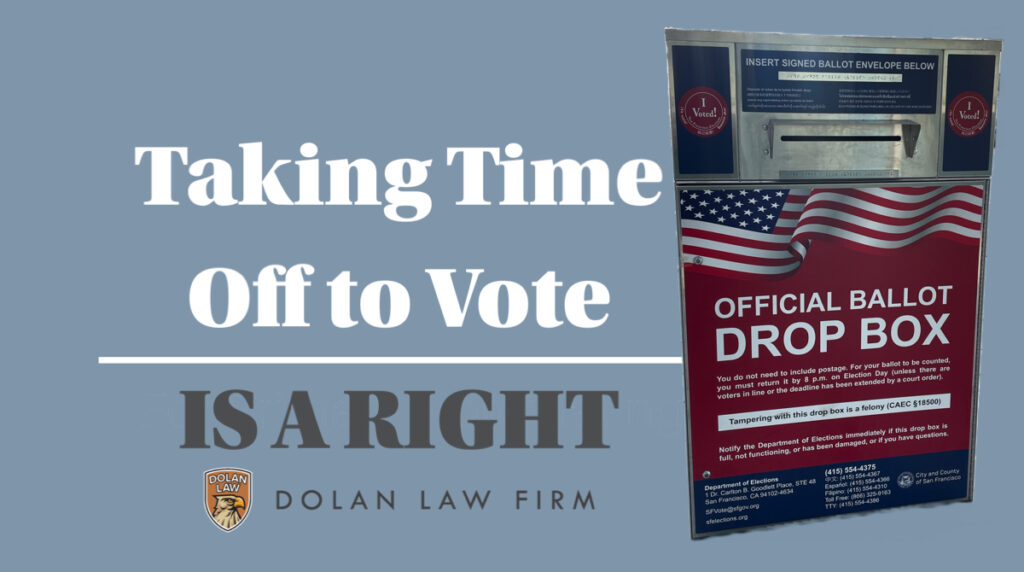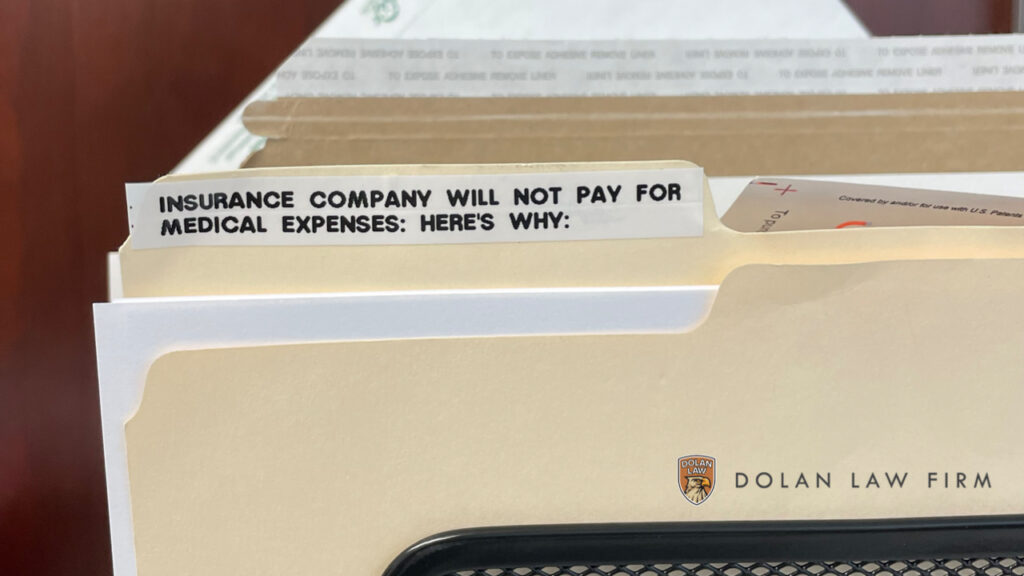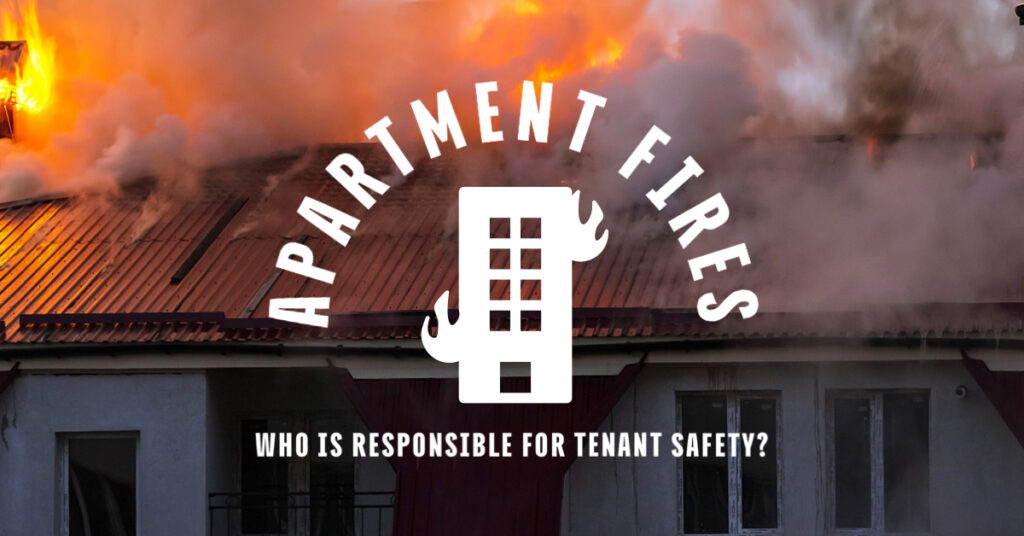Taking Time Off to Vote is a Right in California
This week’s question comes from Laird in Oakland: I work in construction, and I am often at the worksite for 10-12 hours each day. I often don’t get off work until after 7 p.m. I am afraid that this will not give me time to vote on election day. I don’t feel comfortable mailing my …
Taking Time Off to Vote is a Right in California Read More »






